INSEE Cement, Sri Lanka’s only fully-integrated cement manufacturer, recently kicked of its latest Mangrove Restoration Project.
This new initiative will work to restore 1 hectare of natural mangrove forest in the vicinity of the Searakkuliya Lagoon, Aruvakkaru, in the Puttalam District.
Adding to INSEEs ongoing mangrove restoration projects around the Thalathuduwa and Kuruluduwa Islands of the Koggala Lake, mangrove restoration project in Aruvakkaru is a new sustainability initiative by INSEE. The initial phase of the Aruvakkaru segment of the project will see between 1,500 and 2,000 new mangrove plants being introduced to the area over a period of 1 year, along with other ecological conservation activities, the company said in a media release.
INSEE’s Organisation and Human Resource Director Chandana Wijayanama said, “At INSEE, we are consistently striving to reduce our carbon footprint and mitigate the effects of climate change. Thus, we have instituted a comprehensive conservation and restoration umbrella that covers various areas of concern. The new mangrove restoration project at Aravakkaru is a part of the ‘water and biodiversity’ category of efforts of INSEE, through which we envision a restored nation that is ecologically secure. As the market leader in Sri Lanka for cement products, it is also our duty to lead the way in terms of sustainable development and conservation. In the same way that we strive for the highest standards in manufacturing, we also stand for maximum effort to safeguard our nation’s natural resources and biodiversity. Therefore, we are very proud to have launched this initiative and look forward to continuing with this project and our wider comprehensive sustainability programme in the future.”
INSEE’s environmental sustainability projects are divided under four main pillars which include restoration, conservation and rehabilitation projects for the following areas; quarry land, mangrove habitats, rainforests and coral reefs. In addition to the new mangrove restoration project, INSEE has also been involved in an ongoing assisted ecological regeneration programme, since 1999, in partnership with IUCN. In 2018, INSEE undertook the restoration of a degraded area of the Kanneliya Forest buffer zone. Despite challenges, including the global pandemic, work is ongoing and 15,000 forest plants have been introduced, an onsite nursery has been commissioned and a fire-belt has been established to mitigate the risk of forest fires.
You can share this post!
Content
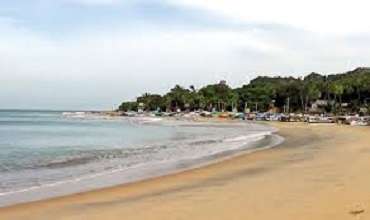
A Thai woman walking topless in Arugam Bay town has been arrested by the Police.
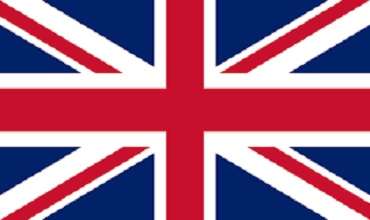
The UK government has unveiled a package of reforms to simplify imports from developing countries which allows for more garments manufactured in Sri Lanka to enter the UK tariff-free.
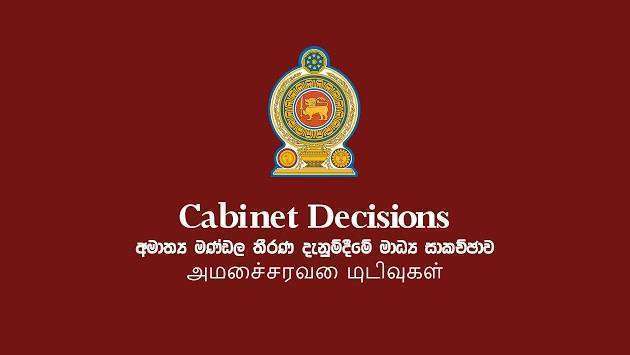
The Cabinet has approved a proposal for Sri Lankans overseas to apply for their passports through an online system via the Lankan diplomatic missions.
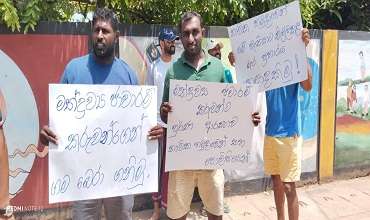
Villagers in Nirmalapura, Daluwa, Norochcholai today staged a protest over an incident where a group of Navy officials and sailors had assaulted a resident in the area over night, Police said.
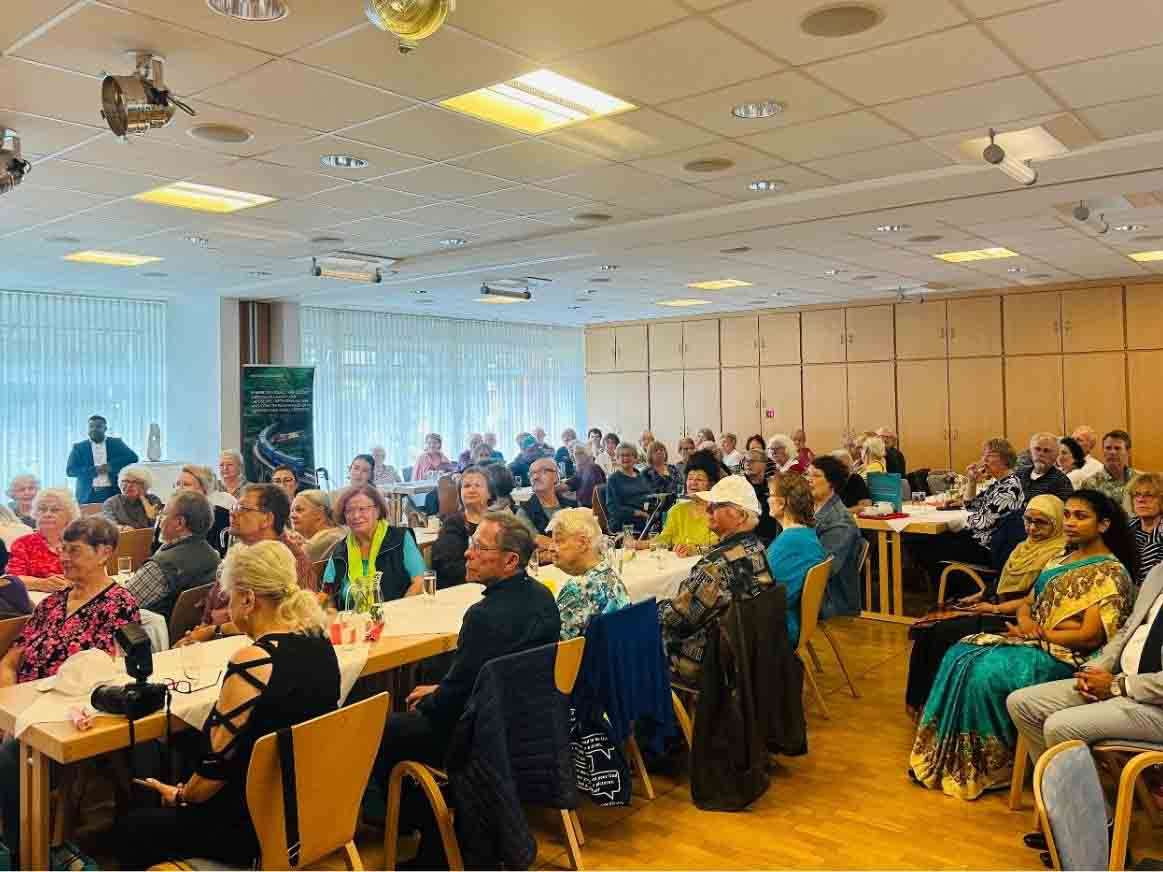




Leave Comments